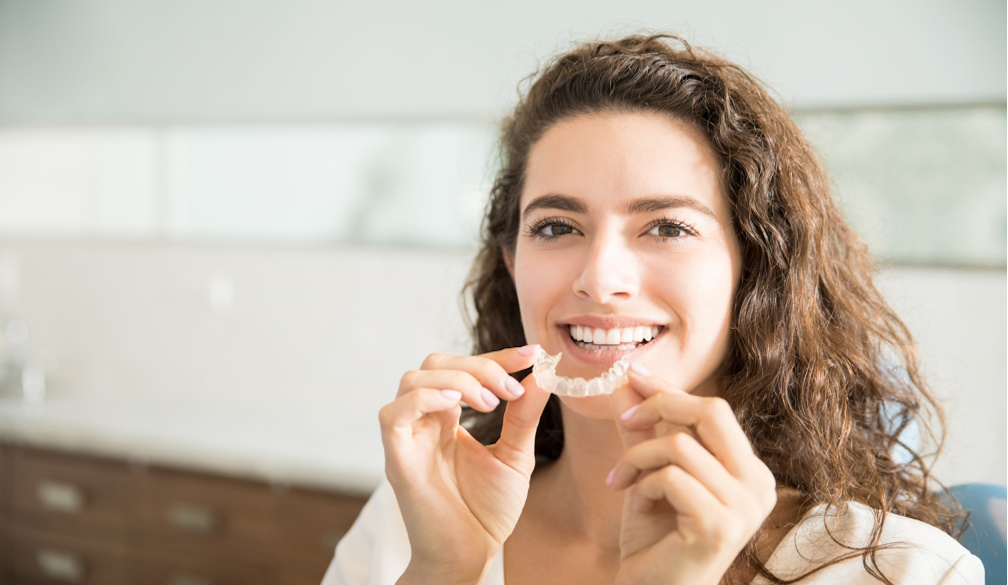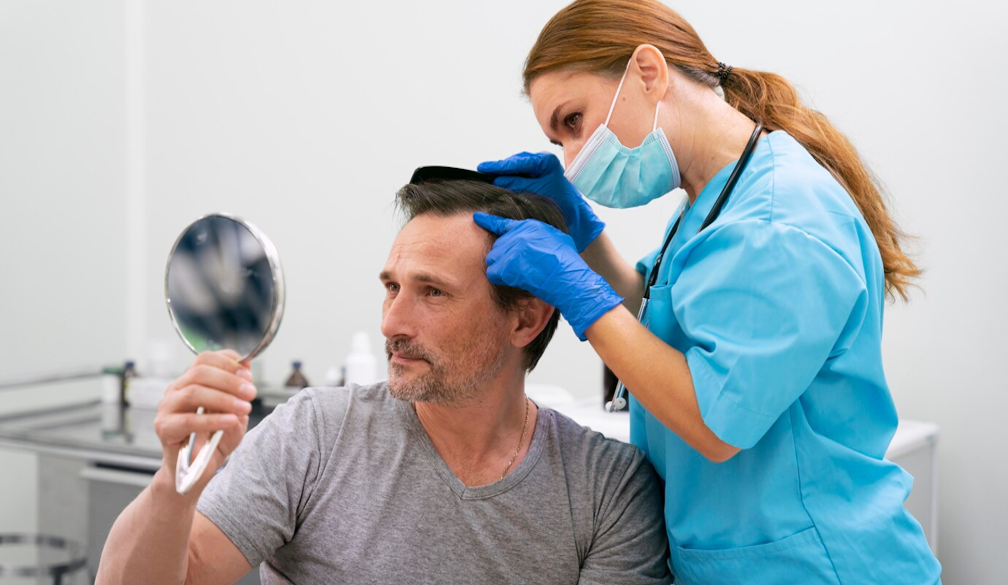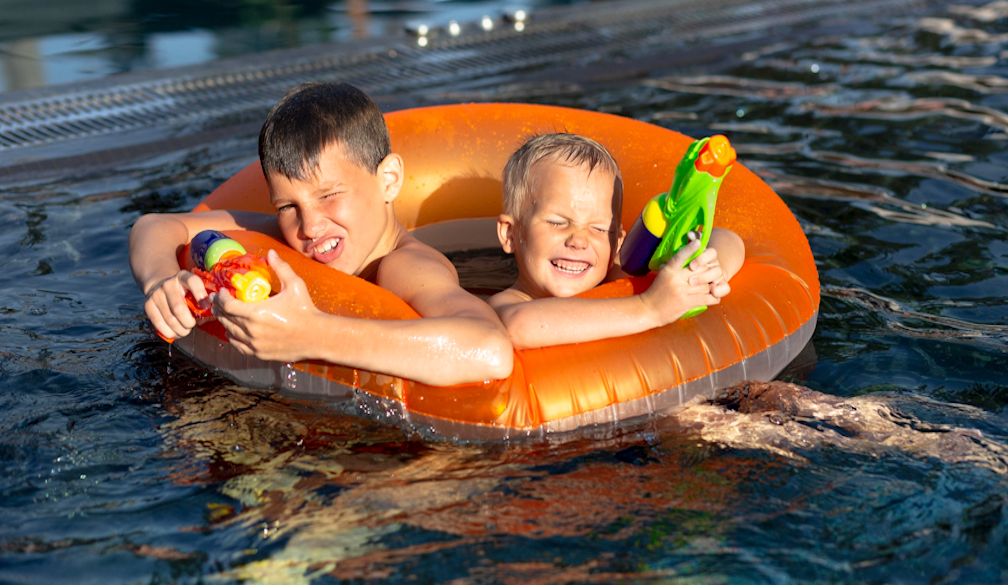Paint Damage and Correction
- Written by News Company

Most car owners may notice that, over time, their car paint may eventually become dull over time. However, one will notice that the dulling is more pronounced on the bonnet of the car. This phenomenon can be attributed to sunlight.
The sun emits rays in the form of Ultraviolet (UV) radiation. What then happens is these UV rays first get absorbed by the clear coat of the exterior surface of your vehicle and are either given off as heat or catalyse the breakdown of the clear coat itself. Afterwards, these UV rays break down the colour pigments of the paint used on your vehicle. This action leads to a dampening in the colour giving off the dull colour.
Another reason for the dulling of colour is by the action of light diffusion from contaminants in the vehicle paint. When the exterior part of the car suffers some scratches or scrapes, some minute debris and material may seep into the cracks. These materials may reflect light at awkward angles or refract the light giving off scattered light rays. This diffused lighting then reduces the amount of light that reaches your eyes and thus gives off a dull colour.
Professional car detailers conduct a 3 – step process in paint correction which are discussed below:
Washing
This process entails dealing with the surface dirt on the vehicle. The process starts by using a high – pressure spray to get rid of most of the light dirt and some of the grime. The next part of this process entails a wash whereby detergent is used over the entire vehicle body. This wash extends to the wheels as well. Thereafter a clay bar is used to remove any surface contaminants as well as to remove any damaged paint. After this, the car is rinse used a high – pressure spray.
Detailed Cleaning
After the initial cleaning, the car undergoes some further cleaning to ensure that all dirt and damaged paint has been removed. The reason behind this is that if any protective layers are applied on the vehicle, they may trap dust particles or minute debris that may contribute to quicker dulling of the vehicle later. This includes applying a cutting compound that is used to remove any deep incisions in the coating of the car or any damaged paint. A cloth may then be used to remove any residual matter.
Final Paint Protection
Once the cleaning process is done, the next step is polishing the surface of the car as well as applying a protective layer. After running a microfiber cloth over the car to ensure all residual matter has been removed, another heavier cloth is used to polish the car. At this point, all the damaged paint, as well as any dirt that may be giving off the appearance of dirt, has been removed and so the car's shine should be back. Afterwards, the ideal step is to apply a thick glossy clear coat to form a coat ideal to keep out UV radiation as well as protect the car from debris.
Image Source: bmw-m.com




